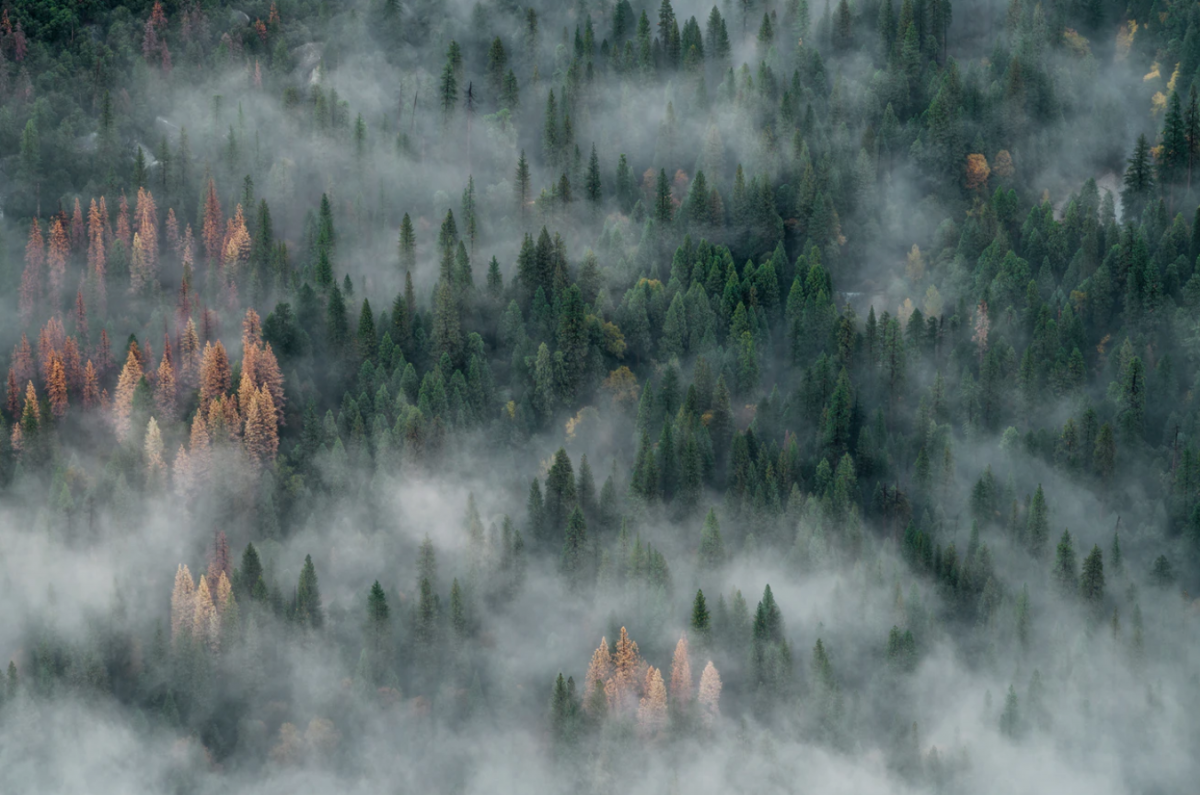Fire Recovery: Nature Knows Best


- Using seed mixes and mulches that include noxious weeds like French broom, cheat grass, and thistles. These weeds can choke out local plants and quickly grow into fuel for wildfire
- Assuming a burned or charred tree is dead. Large, hardwood trees like oaks can often survive fire as long as their inner tissue is intact
- Ripping out vegetation and clearing debris too soon. Many native plants will sprout from their base or underground structures, or re-seed themselves. Removing them can destabilize property, contribute to erosion, and destroy habitat and food sources for nearby wildlife
- Clear-cutting property in the hopes of protecting homes. Instead, experts emphasize using fireproof building materials and establishing a 5-foot no fuel zone around all structures
- Seeding areas with California poppy mixes. Seeding is rarely recommended in burn areas
Homeowners should seek the advice of professionals about fire recovery and safety. As a rule of thumb, unless erosion is an issue, natural regeneration of the land is usually the best option. Current fire recovery guidelines are listed below.
- Safety first
- Enter a burned site only after getting the go-ahead from fires officials
- Use protective gear
- Get professional help to remove potentially toxic materials
- Minimize human intervention
- Do not clear or disturb soil or slopes during the rainy season
- Leave blackened vegetation in place until you are able to determine if plant life will recover
- Prune or remove only fire-damaged trees that endanger people or livestock
- California’s broadleaf forests and woodlands have evolved to survive periodic fires. Be patient
- Control the growth of invasive species, which may spread wildfire more than native species
- When replanting, use native species, and choose low-maintenance/low flammability plants (oak, California sagebrush and California buckwheat, for example)
- Consult an arborist or ecologist before reseeding
- Control erosion and runoff if necessary
- Be sure to obtain permits to work near creeks and wetlands
- Check drainage systems and slow water from channeling on slopes, using properly-installed wattles, rocks, weed-free mulch, and branches
- Reduce fire danger
- Design a fire-safe, defensible, landscape with a fuel-free zone that extends 5 feet around your home
- Create breaks in the area that extends 30 feet from your home
Understanding the local habitat and fire’s effect on the vegetation is important for land management and plant conservation. To learn more about the unique properties of your location, see the CAL FIRE Fire and Resource Assessment Program (FRAP) Statewide Vegetation maps. Find local plants that meet your needs and refer to the California Invasive Plant Inventory.

Cynthia "Robin" Smith, Editor. Research and Development, Naturalist, Diamond Bar – Pomona Valley Sierra Club Task Force, Chair




Add new comment